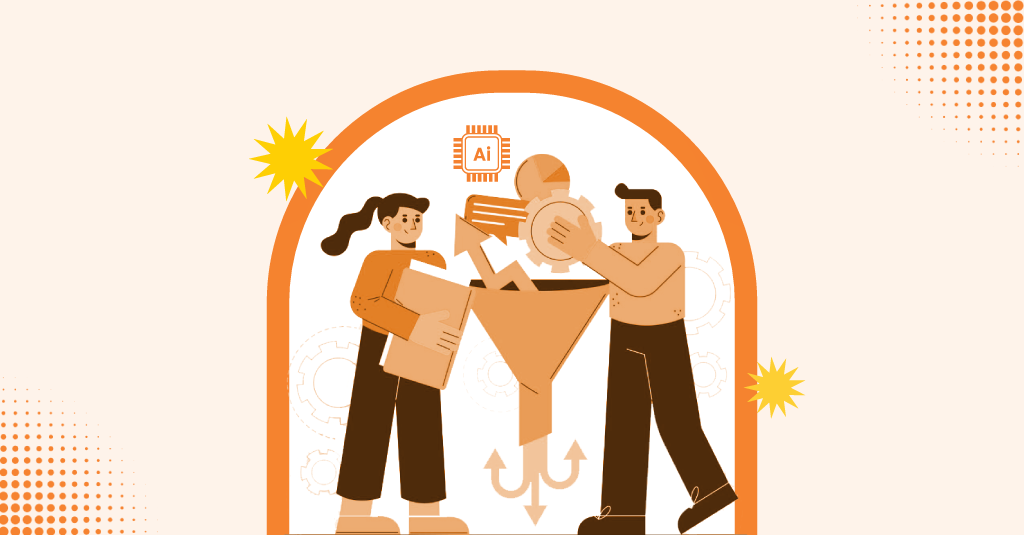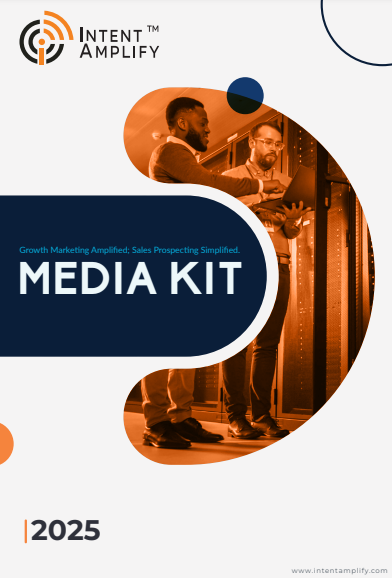
How You Can Build a Successful B2B Sales Funnel with AI & Automation
- Last updated on: July 2, 2025
In 2025, the B2B sales funnel is no longer a pipeline; it’s an intelligence system in real-time. Buyers are better informed, less patient, and expect frictionless personalization from the first touch to the final decision. If your sales funnel is not powered by AI and automation, you’re not only behind, you’re invisible. Here’s how to build a successful B2B sales funnel that aids existing buyer behavior rather than undermines it.
1. Redefining the B2B Sales Funnel for the Age of AI
Abandon the old AIDA framework. Modern B2B buyers do not move in straight lines. They engage across various touchpoints, browsing websites, reviewing products on social platforms, and silently exploring LinkedIn content—all while remaining invisible to your sales radar. AI makes this chaos understandable.
Breakthroughs in the AI-driven B2B sales funnel:
- Behavioral mapping: AI tracks online body language (e.g., site behavior, content downloads, email interactions) to understand where a buyer stands.
- Real-time journey orchestration: Automation delivers personalized interactions based on each account’s stage, pain point, and readiness to buy.
- Non-linear pathways: Dynamic AI applications change messaging in response, removing bottlenecks and engaging buyers regardless of entry point.
McKinsey (2025): AI-optimized funnels allow companies to close deals 35% faster.
2. AI-Driven Lead Generation: Win Smarter, Not Louder
Spewing out emails or relying on luck to attract inbound leads is a thing of the past. Lead generation with AI is precise, data-based, and time-sensitive, attracting those already in-market.
AI-driven lead gen strategies today:
- Predictive intent modeling: Tools like 6sense, Bombora, and Leadspace identify buyers researching your category, even before they come to your site.
- Hyper-personalized advertising: AI personalizes ad creative and placements based on persona behavior, stage, and channel preference.
- SEO + NLP integration: AI discovers how-to-buyer intent keywords and not just high-volume keywords to rank organic content.
Incorporate AI chatbots on landing pages to qualify and route leads in real time to reduce form friction.
3. Automating Lead Qualification: Spend Time Where It Matters
Salespeople spend too much time tracking down weak leads or sifting through CRMs. AI qualifies leads for you automatically based on signals you may not see, such as content engagement or buying committee activity.
Smarter, faster lead qualification strategies:
- Dynamic lead scoring: AI dynamically adjusts scores based on fresh behavior like pricing page views or email clicks.
- CRM enrichment and analysis: Tools like HubSpot AI or Salesforce Einstein discover high-fit accounts and recommend outreach strategies.
- Tiered intent segmentation: Rank accounts privately as low, mid, or high intent to trigger respective follow-ups or nurturing streams.
Forrester (2025): Automated qualification increases conversion rates by 30%.
4. Nurturing With Precision: Personalization at Scale
Not every lead is ready to purchase, but they can be imminently so. With AI-enpowered nurturing, you are able to leave them warm until it’s time, without spambotting or being overly automated.
AI-enpowered precision nurturing techniques:
- Triggered workflows: Auto-email or LinkedIn follow-up on high-value activities (e.g., landing on your pricing page).
- Predictive content sequencing: PathFactory or Mutiny-like tools suggest what content to sequence next for every user.
- Email personalization platforms: Tools like Persado or Smartwriter.ai personalize tone, body, and CTA by persona and stage.
Find a balance between automation and human empathy, and allow reps to jump in when high-intent actions raise alerts.
5. Sales Enablement with AI Sidekicks: Let Reps Sell, Not Search
Reps take hours writing meeting prep or emails. AI does the grunt work and gives reps insights that allow them to personalize at scale and close quicker.
AI-driven sales enablement improvements:
- AI-driven auto-generated meeting summaries: Tools like Gong or Clari summarize account activity, intent signals, and prior conversations.
- Smart email writing assistants: Tools like Lavender or Regie.ai compose personalized emails based on persona and behavioral information.
- Content suggestion engines: AI highlights the best case study, deck, or video for the buyer industry and stage.
Imagine AI as your rep’s always-on research assistant, never tired.
6. Post-Sale Automation: Don’t Let Your Funnel End at Closed-Won
The real magic happens after close. AI drives your funnel through onboarding, upsell, and retention without drowning your customer success team.
How AI drives post-sale success:
- Churn risk detection: AI detects risk accounts by detecting drop-offs in activity, product engagement, or support sentiment.
- Upsell/cross-sell suggestions: Peer comparisons and usage patterns guide AI-suggested upgrade proposals at the best time.
- Auto-generated QBRs: Save hours using AI-created slide decks with a summary of product usage, objectives, and prospects.
Growth isn’t acquisition, it’s maximizing customer lifetime value.
7. Funnel Analytics & Optimization: Let the Data Speak
Your B2B sales funnel must adjust each week, not each quarter. AI allows you to monitor performance in real time, identify leaks, and make micro-optimizations that maintain your pipeline in top condition.
What to measure and improve with AI:
- Funnel velocity: Track how quickly leads move through stages and where they get stuck.
- Attribution modeling: Determine what content, ad, or interaction drove the most conversions.
- Automated A/B testing: Have AI run tests on subject lines, CTAs, and landing pages around the clock to reveal winners.
Optimize each step of the journey with real-time feedback loops, not intuition.
8. Common Pitfalls: Don’t Let Tech Outpace Strategy
AI and automation are powerful, but only if aligned to a clear GTM strategy. Otherwise, you’re just automating bad habits faster.
Avoid these missteps:
- Disconnected systems: Your ad, intent, and CRM tools need to communicate with each other. Without it, your funnel fails.
- Over-automation: Shoppers hear when your funnel reads like a bot. Leave human touches in decision moments.
- Misaligned ICP or messaging: AI can’t correct bad positioning. Begin with clarity around your ideal customer and your value.
Use AI to amplify your team’s intelligence, not supplant strategic thinking.
Let AI Do the Heavy Lifting, So You Can Close
The future of B2B sales funnels is not more of the same. It’s less of what doesn’t matter and doing the right things at the right time with precision. AI and automation don’t just speed up your funnel; they make it smarter, more sensitive, and more aligned to how real buyers are shopping in 2025. Need to own the funnel game this year? Then put to the guessing end. Get your funnel to hear, learn, and guide powered by AI. Because the true competitive edge isn’t the tech itself, it’s how well you use it.
FAQs
Q1. What is the biggest benefit of using AI in B2B sales funnels?
AI eliminates guesswork and brings high-intent leads to light, and the sales team focuses their efforts where they have the highest probability of success.
Q2. How does lead nurturing change through automation?
Automation sends the right message to the right lead at the right moment in terms of behavior, and you stay top of mind without being a nuisance.
Q3. Does AI also help small and mid-sized B2B businesses?
Yes. Most of the tools are SMB-friendly and give excellent ROI even with minimal data, especially when integrated with CRMs and marketing software.
Q4. Will AI help in cold outreach?
Absolutely. AI writing assistants evaluate persona data and past engagement to send more personalized messages that generate higher response rates.
Q5. What’s the first step to building an AI-powered funnel?
Start by mapping your buyer journey, identifying the most vital signals, and selecting tools that are capable of automating engagement at each one of those touchpoints.




